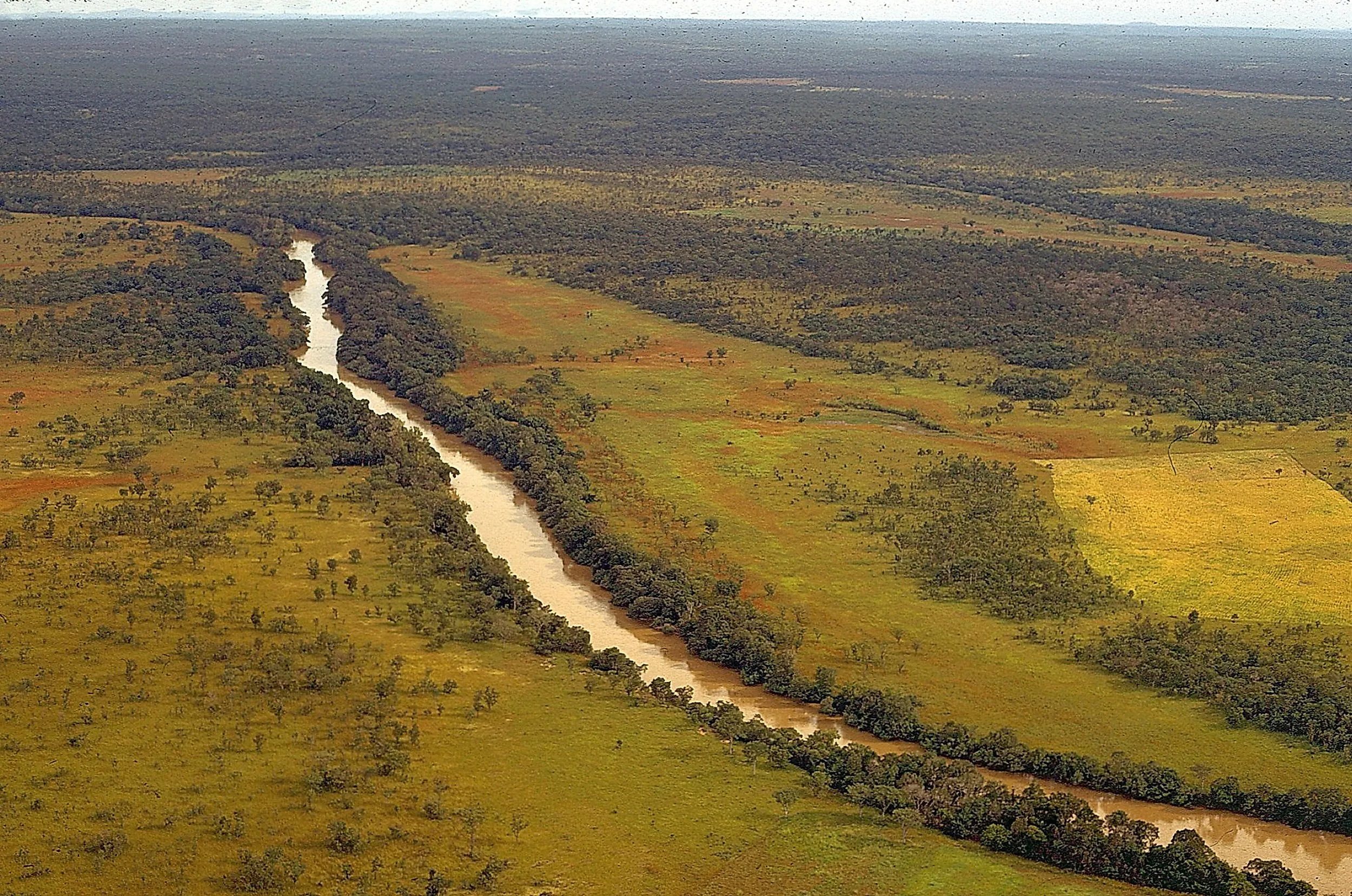
Bandama River
What is the Bandama River?
Although not as expansive or famous as iconic African rivers such as the great Nile, the Bandama River is one of the most important rivers on the Ivory Coast of West Africa. This long river spans 497 miles and is home to well over 600 species of bird, fish and animals and an extensive number of plant species. The Bandama River passes through many national parks and its entry point is not far from the country's largest city Abidjan, one of the best and most developed cities in Africa.
What is the source of the Bandama River?
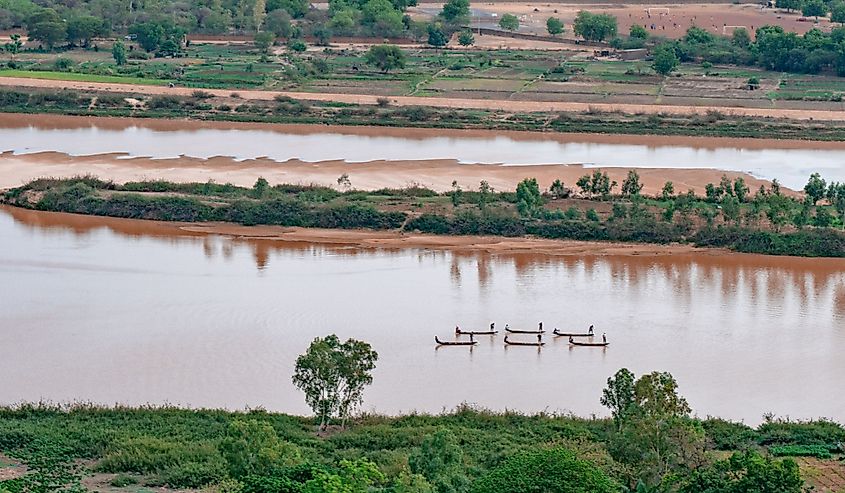
The source of this magnificent river is the grand Gulf of Guinea, the northeasternmost section of the stunning tropical Atlantic Ocean. It spans from the historic Cape Lopez in western Gabon. Gabon is a small, west central African country, colonized by the French and is a highly diverse region.The intersection of the Equator and Prime Meridian is in the gulf–an arbitrary meridian/ line of longitude in a coordinate system in geography at which longitude is at 0°. When these two intersect, the prime meridian and its anti-meridian form a great circle! Other rivers which drain into this great gulf are the Niger and the Volta rivers.
What is the course of the Bandama River?
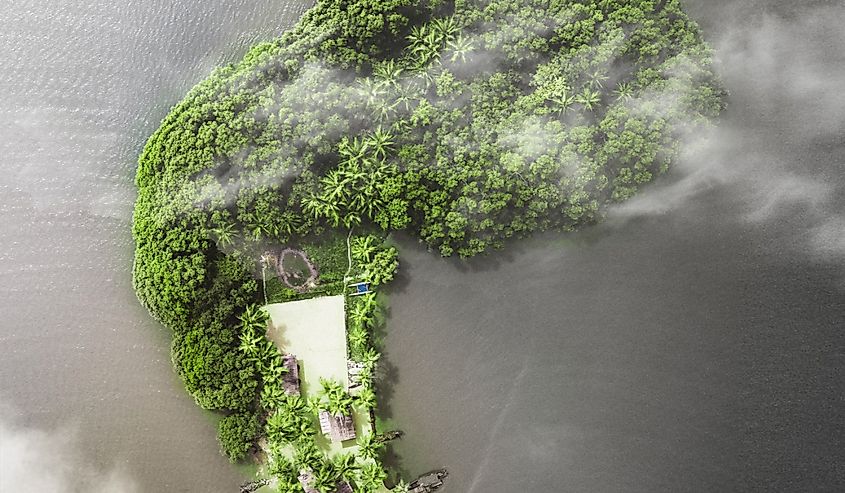
The Bandama River is quite long and primarily rises towards the northern highlands and then flows quite a way south for 497 miles (800km). There it enters the great Gulf of Guinea as well as the gorgeous Tagba Lagoon near the quaint coastal town of Grand-Lahou in the southern region of the Cote D'Ivoire. Just north of the confluence with the Marahoué region is a hydroelectric plant which provides power for the majority of Cote D'Ivoire. The beautiful Bandama River is the longest and most commercially important river in all of the West African country of Cote D'Ivoire. The Bandama River also flows through Lake Kossou which is a large, man-made lake constructed in 1973 through the construction of the Kossou Dam in the Ivorian town of Kossou.
What is the climate and hydrology of the Bandama River?
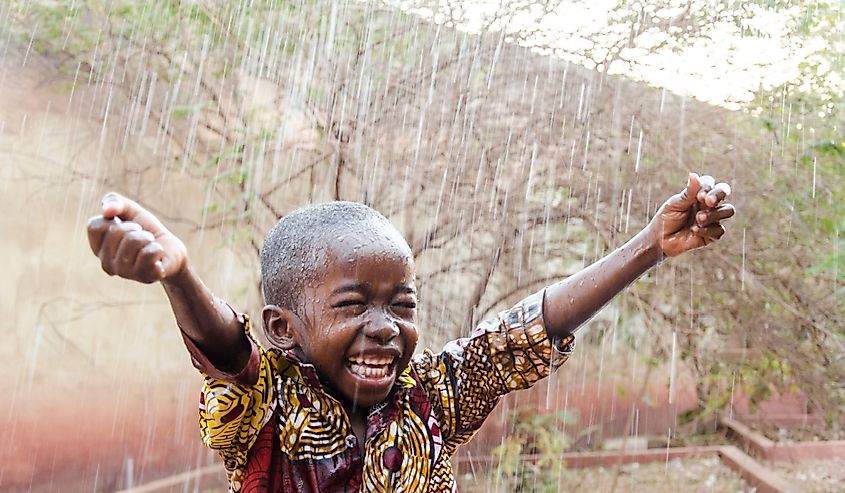
With such an expansive length, this astonishing river covers and spreads over three different climatic and hydrographic regions because its regime follows the rainy season. The Northernmost section of this long river is classified as a dry sub-tropical climate which ranges between 1000mm to 1700mm of rainfall. In terms of rainfall distribution patterns, the northern area of the Bandama River has a unimodal rainfall pattern or distribution with distinct wet/rainy and dry seasons. The equatorial/central climate received higher amounts of rain with more than 1500mm of rain and the humid equatorial climate receives a yearly mean of 1800mm of rain.
What are the Flora and Fauna of the Bandama River?
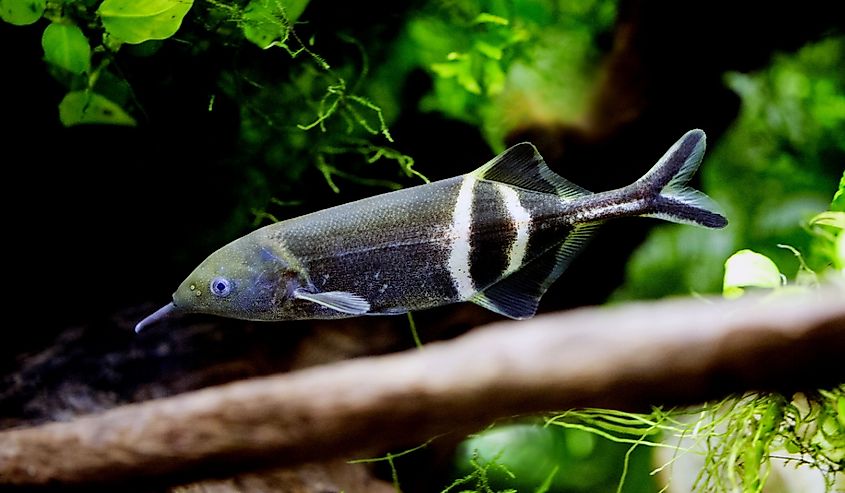
There is a decreased amount of biodiversity in the Bandama River due to a lack of coral reef ecosystems in the Gulf of Guinea. This is primarily due to the low salinity of the water as well as the high turbidity of Guinean current. Another reason for this drop is the climate’s regression to cool conditions during the Miocene epoch – nearly 23 to 5.3 million years ago. Within this timeframe, fewer refuges for tropical species of animals and plants were available in the Atlantic ocean compared to the Indo-Pacific region. Despite this, the river is home to over 120 fish species, such as Parasicydium bandama (a species of Goby), elephantfish, upside-down catfish and silversides!
More common animals of the 252 mammal species found in the Ivory Coast include the African Buffalo, hippopotamus, western red colobus, African bush elephant, the bongo, various species of duiker, the kob, waterbuck, western hartebeest. Many of these animals can be found in Marahoue National Park and Azagny National Park in close proximity to the river. Other animals include 287 species of beautiful birds such as the emerald starling and many more! In a study performed on a section of the right bank of the Bandama River, just in this section alone, over 200 botanical species were identified. North of the Bandama River lies the Savannah, and in the south is the forest. Each biome has very different plant species, both serving roles in their respective regions. Further north in Cote D'Ivoire, oil palm, acacia, breadfruit and baobab may be found. In the south, mahogany, cacao, mimosa/silk tree, almond/idigbo, monkey pod tree and beyond line the stunning landscape of the beautiful forests. Unfortunately however, due to the cacao industry, deforestation is an extreme problem in Cote D'Ivoire.
People and economies of the Bandama River
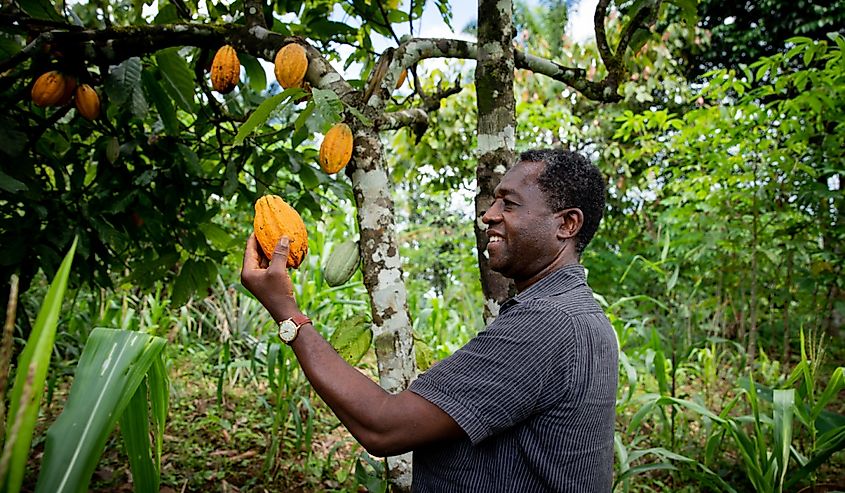
Due to the Bandama River being so long, the river runs through multiple national parks, such as Marahoue National Park which is home to some cacao plantations. These plantations employ workers who come from Burkina Faso. Fishing is another significant industry due to the diverse populations of fish within the river. The Bandama River also provides large amounts of water and electricity for the country through the Kossou Dam. Unfortunately, the river is struggling to meet the demand of fish due to the river drying up. There are also growing amounts of artisanal gold mining along the river which although benefits the economy, does pose serious harm to the environment of the river.











